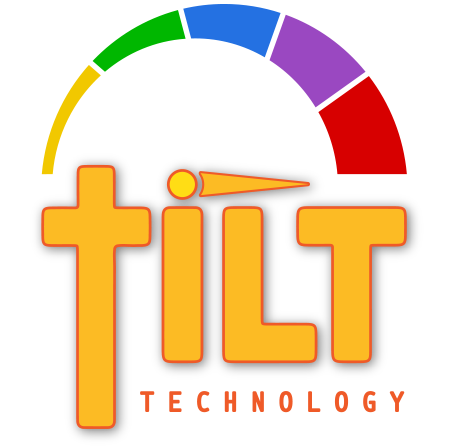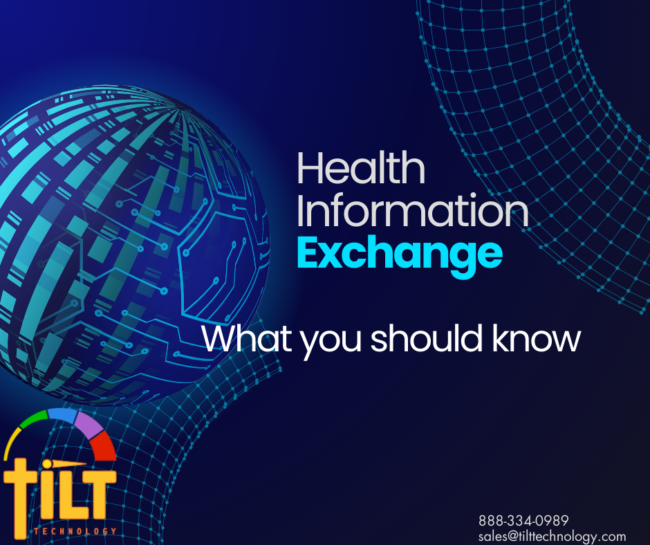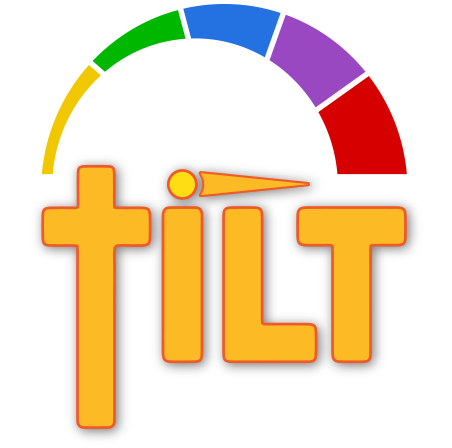Health Information Exchange (HIE) is a crucial component of Healthcare IT. But, you may not be as familiar with it as you should be. Here is an overview to help you understand what it is and how it helps in patient care.
Health Information Exchange allows healthcare providers to access and securely share patients’ medical information electronically. Even though secure electronic data transfer is readily available, most Americans’ medical information is stored on paper. That means the information must be shared via fax, email, or, in some cases, by the patients themselves. Health Information Exchange increases quality of care by allowing complete patient information to be shared from provider to provider.
Some of the features and benefits of HIE are:
Interoperability
Interoperability refers to the ability of different information technology systems and software to communicate and exchange data. It is crucial to healthcare for several reasons. It improves care coordination, enhances patient safety, and increases efficiency and productivity. HIE facilitates seamless communication and data exchange among diverse healthcare systems by leveraging interoperability standards, protocols, and technologies. This enables providers to access timely and relevant patient information to aid in informed decision-making and improve patient care coordination.
Security and Privacy
There are several ways that HIE keeps patient data secure. HIE systems encrypt data both in transit and at rest. This ensures that even if unauthorized users get access to the data, they can’t understand it without the decryption key. HIE is also fully compliant with HIPAA regulations, protecting patient data. Another technique that HIE uses to protect patient data is Data Masking. This removes or obfuscates any personally identifiable information from the health data before it is shared. This allows the sharing of relevant clinical information but prevents the sharing of inappropriate or irrelevant information.
Reduced Health-Related Costs
When administrative processes are streamlined, the need for duplicate tests and procedures is eliminated, thus saving the patient money on health-related costs. Better care coordination among providers can also help prevent unnecessary hospitalizations. Also, with easier access to patient health records, providers can better identify patients who are due for preventative screenings or follow-up appointments, helping detect any health issues early when they are easier to treat. Health Information Exchange can also streamline administrative processes by reducing the need for manual data entry, and faxing of medical records. This also helps save money.
Overall, Health Information Exchange improves the coordination of care, lowering healthcare costs, saving time, and working more efficiently. TILT Healthcare offers both EHR and PM software that help make HIE possible, thus increasing the benefits for patients and providers.
Thank you for reading this post. Please visit our website to learn more about us: TILT Technology











